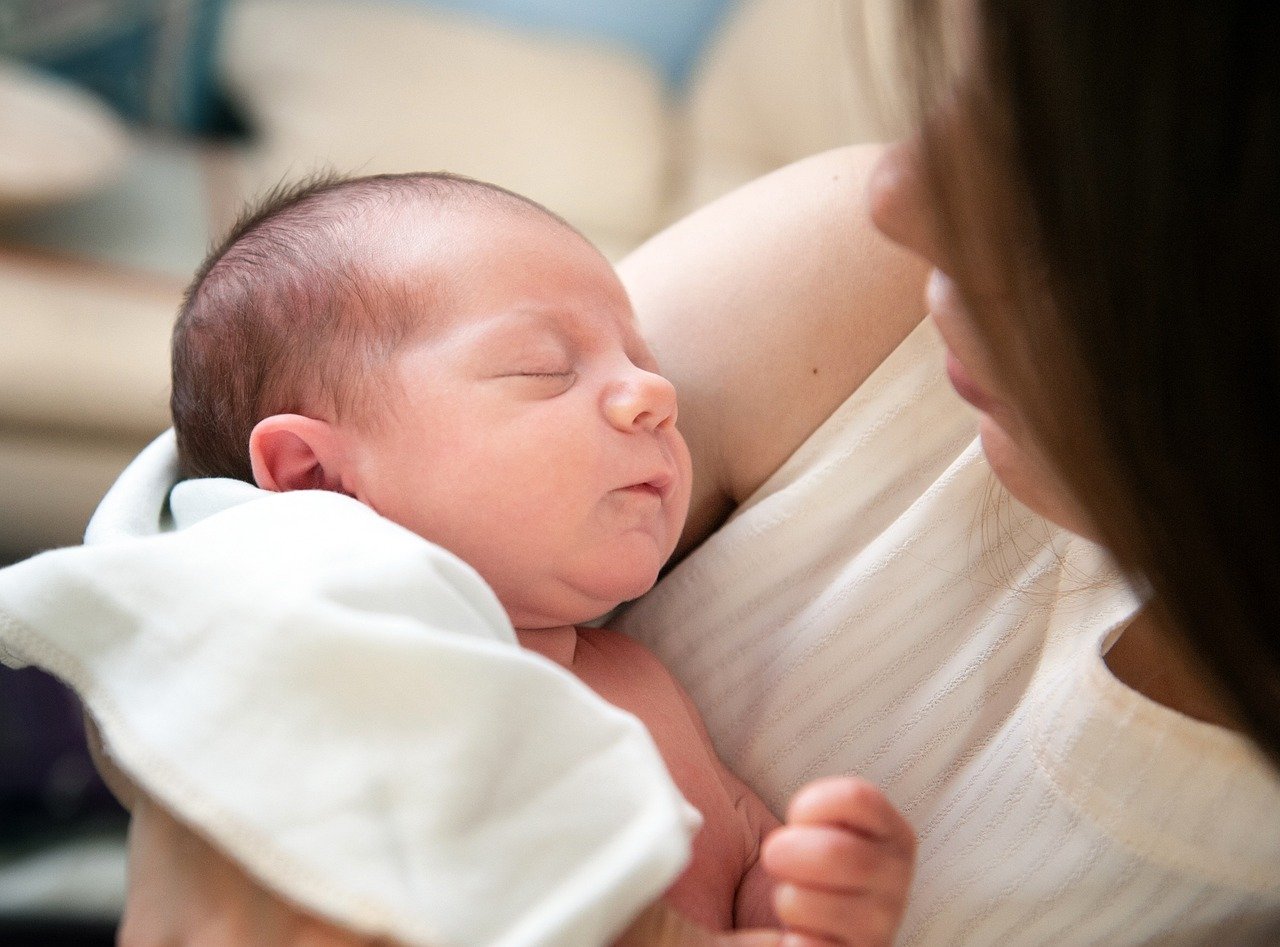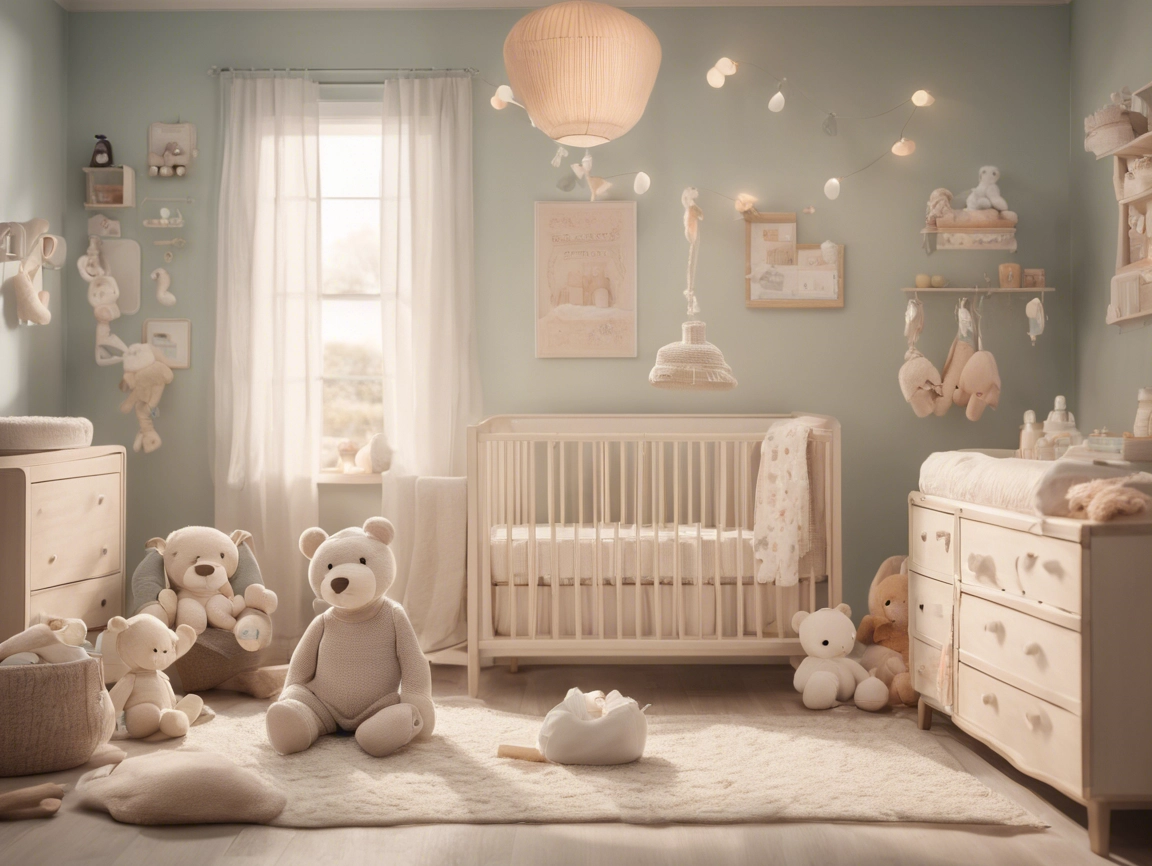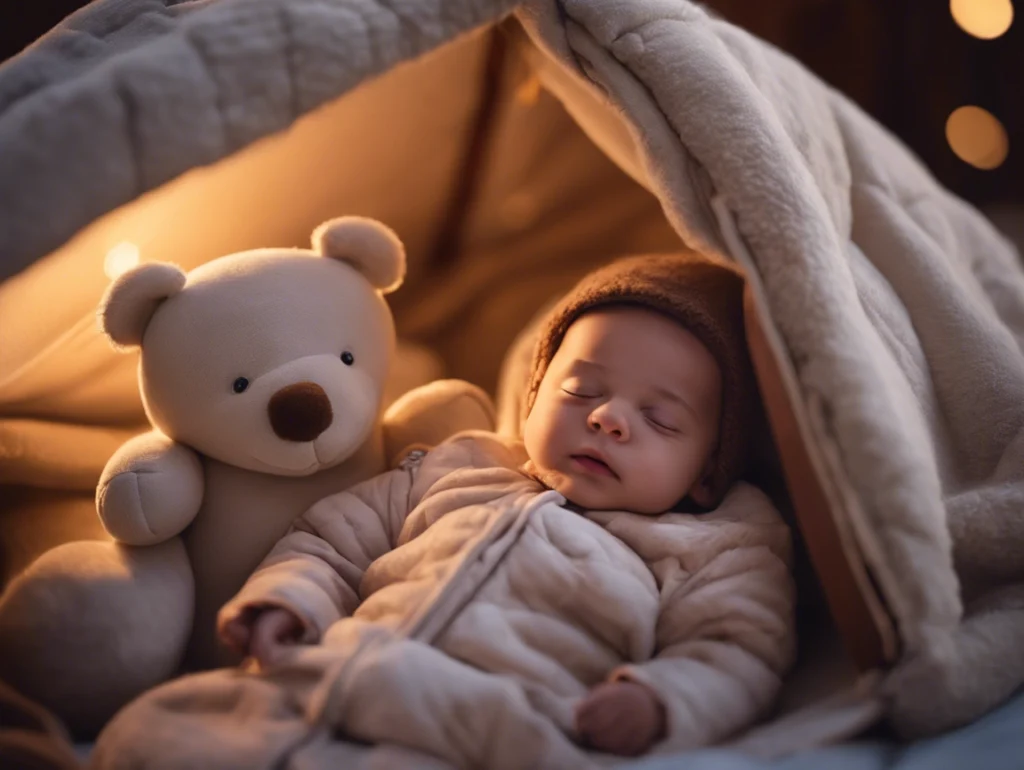When it comes to babies, safety is the number one priority. From bibs to sleeping bags, every accessory plays a crucial role in your baby’s comfort, hygiene, and overall well-being. But with countless products on the market, how can you ensure the ones you’re using are safe for your little one?
In this guide, we’ll walk you through everything you need to know about keeping baby accessories like bibs and sleeping bags safe—from choosing the right materials to proper maintenance and usage tips. Whether you’re a new parent or an experienced pro, this article will help you shop smarter, use better, and sleep soundly (when the baby lets you).

Why Is Baby Accessory Safety So Important?
Babies are far more sensitive to their environment than adults. Here’s why paying attention to safety matters:
- Sensitive Skin: A baby’s skin is thinner and more prone to irritation from rough fabrics, chemicals, or allergens.
- Developmental Needs: Properly designed accessories support healthy growth and reduce risks like overheating or restricted movement.
- Hygiene: Poorly maintained or unsafe accessories can harbor bacteria or mold, which can lead to health issues.
*(Fun Note: Babies explore the world with their mouths. This makes bib safety not just important but absolutely essential!)
What to Look for in Safe Baby Accessories
When choosing baby bibs, sleeping bags, or other essentials, here are the key factors to consider:
1. Materials Matter
The material of baby accessories determines their comfort, durability, and safety.
| Accessory | Ideal Materials | Why It’s Safe |
|---|---|---|
| Bibs | Organic cotton, bamboo, polyester | Soft, hypoallergenic, and breathable |
| Sleeping Bags | Organic cotton, merino wool, bamboo | Regulates temperature, avoids overheating |
| Other Accessories | Food-grade silicone (teething bibs) | Non-toxic and easy to clean |
Avoid: Harsh synthetic fabrics, materials treated with flame retardants, or those containing BPA, phthalates, or heavy metals.
(Pro Tip: Look for certifications like OEKO-TEX or GOTS for assurance that materials meet safety standards.)
2. Construction and Design
A well-designed baby accessory isn’t just about looks; it directly impacts safety:
- Bibs: Should have secure closures (like snaps or Velcro) that are easy for parents but difficult for babies to remove. Avoid strings that can pose a choking hazard.
- Sleeping Bags: Choose ones with adjustable shoulder straps and a snug fit around the chest to prevent slipping over the baby’s face.
*(Fun Note: A bib isn’t just for catching food—it’s a superhero cape for avoiding messes!)
3. Sizing and Fit
Ill-fitting accessories can be uncomfortable or even hazardous.
| Accessory | Key Fit Tips |
|---|---|
| Bibs | Ensure they cover the chest fully without restricting neck movement. |
| Sleeping Bags | Choose the appropriate TOG (Thermal Overall Grade) based on room temperature. |
(Learn more about TOG ratings for sleeping bags to ensure your baby sleeps comfortably year-round.)
4. Certifications and Labels
Trustworthy products come with safety certifications that meet international standards.
| Certification | Purpose |
|---|---|
| OEKO-TEX Standard 100 | Ensures fabrics are free from harmful chemicals. |
| GOTS (Global Organic Textile Standard) | Certifies organic materials and ethical manufacturing. |
| CPSC Compliance | Required safety standards for baby products in the U.S. |
(Pro Tip: Always check product labels for certifications and safety warnings.)
Safe Usage Tips for Baby Bibs and Sleeping Bags
Even the safest baby accessories can pose risks if not used correctly. Here’s how to maximize safety:
1. Cleaning and Maintenance
Regular cleaning is crucial to keeping bibs and sleeping bags safe and hygienic.
Bibs:
- Wash after each use to remove food particles and bacteria.
- Use mild, baby-safe detergents to avoid irritating sensitive skin.
- Check closures and seams for wear and tear.
Sleeping Bags:
- Wash weekly or more often if spills occur.
- Air dry to prevent shrinking and maintain fabric quality.
- Store in a dry, ventilated space to avoid mold or mildew.
(Pro Tip: Don’t forget to check for care labels—they’re your guide to keeping baby accessories in great shape!)
2. Monitor for Damage
Inspect baby accessories regularly for signs of damage, including:
- Frayed edges or torn seams.
- Worn-out Velcro or snaps.
- Stretched-out necklines on sleeping bags.
3. Avoid Overheating
Overheating is a serious concern with sleeping bags. Choose the right TOG rating and monitor the room temperature.
| Room Temperature | Recommended TOG |
|---|---|
| 24°C+ (75°F+) | 0.5 TOG – Lightweight, breathable bags |
| 20–24°C (68–75°F) | 1.0 TOG – Moderate warmth |
| 16–20°C (61–68°F) | 2.5 TOG – Warm for cooler rooms |
| Below 16°C (61°F) | 3.5 TOG – Maximum warmth for winter |
(Learn more about TOG ratings from trusted child safety resources.)
FAQs About Baby Accessory Safety
1. How often should I replace baby bibs and sleeping bags?
Replace bibs every 6–12 months or when they show signs of wear (frayed edges, loose closures). Sleeping bags can last longer but should be replaced if they lose their snug fit or show damage.
2. Are flame-retardant fabrics safe for baby accessories?
Flame-retardant chemicals can be harmful, so it’s best to choose natural, untreated fabrics. Ensure sleeping bags meet safety standards without relying on chemical treatments.
3. Can I use regular detergent for baby accessories?
Baby-safe, fragrance-free detergents are recommended to avoid irritating sensitive skin.
4. How do I know if a sleeping bag is too warm for my baby?
Check for sweating, flushed cheeks, or restlessness. Always choose the appropriate TOG rating and avoid adding extra blankets.
(For more tips on preventing overheating, visit HealthyChildren.org.)
5. How can I ensure my baby doesn’t remove their bib or sleeping bag?
Choose accessories with secure closures, such as adjustable snaps or zippers. Avoid strings or ties that can pose choking risks.
Conclusion: Safety First, Always!
Ensuring the safety of baby accessories like bibs and sleeping bags doesn’t have to be overwhelming. By choosing high-quality, certified materials, following proper care instructions, and using the accessories correctly, you can provide a safe and comfortable environment for your baby.
( Ready to upgrade your baby gear? Explore our curated selection of safe, durable bibs and sleeping bags at Endearing Baby for peace of mind every day!)

